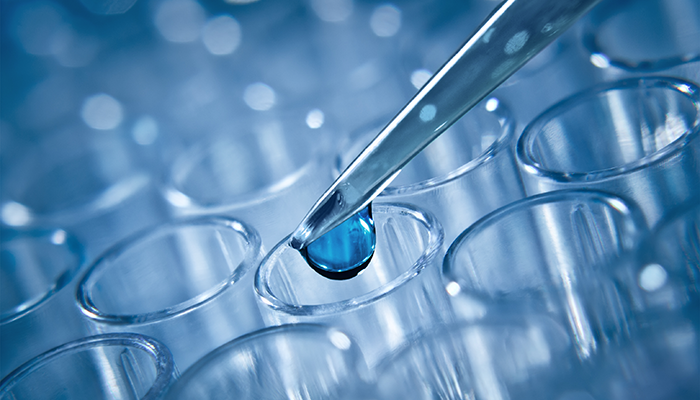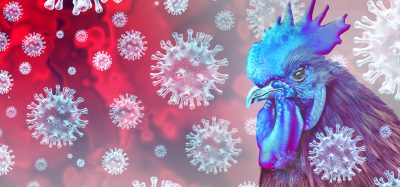Q&A: Implementing ADCC assays in QC: when donor variability isn’t an option
Posted: 12 December 2017 | Drug Target Review | No comments yet
DiscoverX recently introduced the single donor-derived KILR CD16 Effector Cells to ensure assay reproducibility for screening, characterisation, and QC lot release of antibody drugs.


This webinar, held on 29 November, focused on two qualification studies that were performed using these effectors to demonstrate accuracy and precision in different assay formats.
Keynote speakers Laura Munro and Lisa Blackwood, Scientists, R&D and BioAnalytical Technical Services, at Sartorius Stedim BioOutsource, and Alpana Prasad, Product Manager at Eurofins DiscoverX, answer four questions posed during the webinar:
Please address the issue of hypersensitivity of some engineered ADCC cell lines (particularly reporter gene constructs) to small afucosyl and high mannose glycan differences between Ab drug lots and the sensitivity of this system to small glycoform differences.
Using the infliximab case study, differences in afucosylation and high mannose were observed between the innovator and biosimilar glycan profiles. We tested both the innovator and biosimilar infliximab molecules against the KILR CD16 effector cells and two different genotypes of enriched NK effector cells. While there were some differences in the relative potencies returned among the different effector cells, we have shown that the KILR CD16 effector cells are sensitive to differences in glycan profiles of infliximab innovator and biosimilar molecules. The data here suggests they show the same level of sensitivity as the F/F genotype NK effector cells.
How do we decide on a reference sample, if there is not any international standard? At that point, we use original products in the market as a reference but when we give a related potency to a biosimilar, it changes with the used reference. If we choose a reference and it has a higher ADCC activity, then our biosimilar product owns lower activity. Likewise, if we choose a reference and it has a lower ADCC activity, then our biosimilar product owns higher activity. What are your comments on that?
The critical quality attributes of an innovator product need to be defined early on in the biosimilar programme, ensuring innovator characterisation is carried out at multiple steps throughout the entire biosimilar development process. It is important to source lots from different geographies, ensuring these have long expiry dates and that sufficient quantities of the material can be sourced. A reference product should be chosen based on being representative of the available products on the market. A biosimilar product should never be compared to a single innovator, it should be compared to a bank of products.
How you compare engineered NK usage in ADCC assay compared with NK cells isolated from PBMC? Which one is more suitable for QC standard?
Using an infliximab innovator and biosimilar we showed that the KILR CD16 cells are comparable with NK cells isolated from a PBMC preparation. In this study the KILR cells behaved in a similar manner to an F/F donor indicating that they may not be as sensitive as a V/V donor however the cells are still representative of the ADCC activity of the molecule. The KILR CD16 cells are much less variable than NK cells isolated from a PBMC preparation in terms of fold response. This combined with the accuracy and precision of the data from the qualification using rituximab indicate that these cells would be more suited for use in a QC assay.
Is ADCC assay required for batch release?
ADCC assays are implemented as lot release assays. If the ADCC is the MOA of the biologic and should also be stability-indicating.
Related topics
Antibodies, Assays, Cell-based assays, cytotoxicity, Cytotoxicity assays, Immunoassays, Protein, Screening
Related organisations
Eurofins Discovery, Sartorius Stedim BioOutsource Limited
Related people
Alpana Prasad, Laura Munro, Lisa Blackwood








